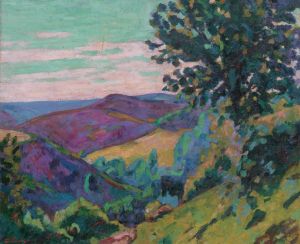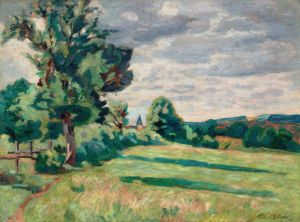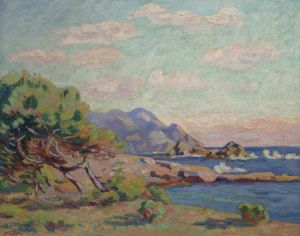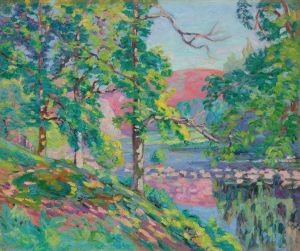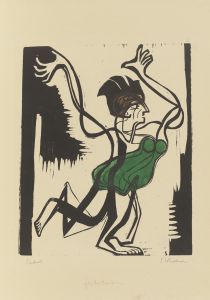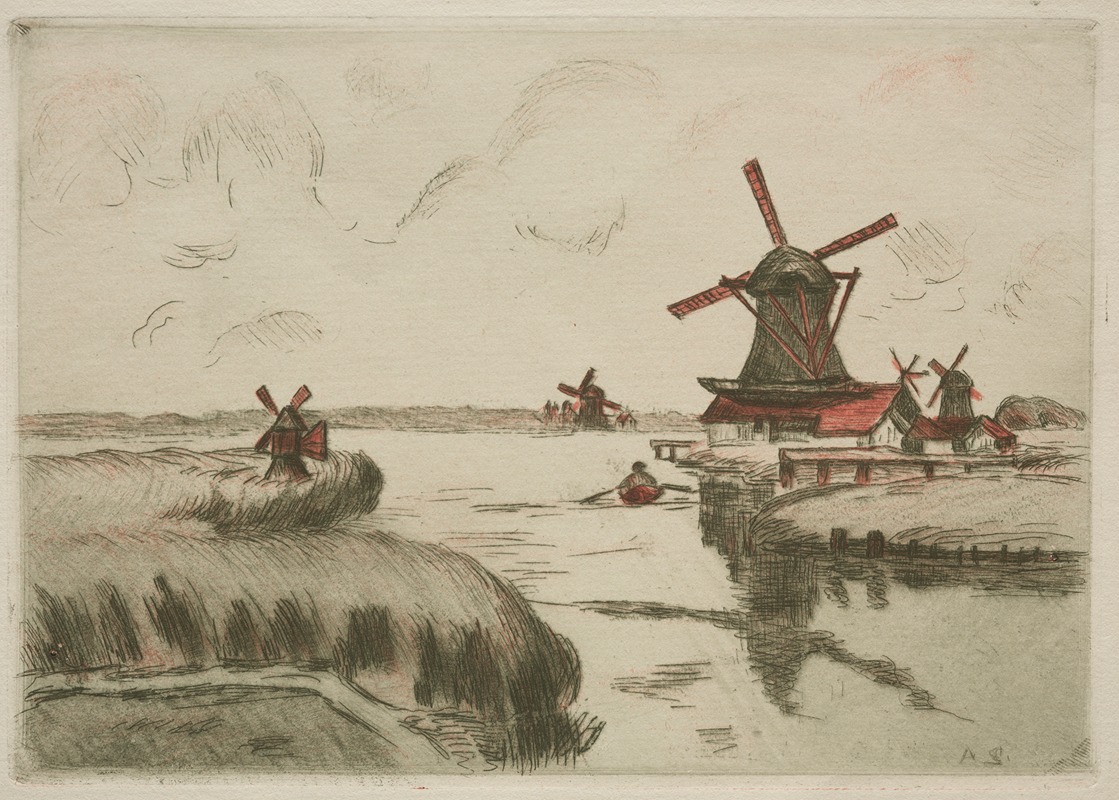
View from Saardam
A hand-painted replica of Armand Guillaumin’s masterpiece View from Saardam, meticulously crafted by professional artists to capture the true essence of the original. Each piece is created with museum-quality canvas and rare mineral pigments, carefully painted by experienced artists with delicate brushstrokes and rich, layered colors to perfectly recreate the texture of the original artwork. Unlike machine-printed reproductions, this hand-painted version brings the painting to life, infused with the artist’s emotions and skill in every stroke. Whether for personal collection or home decoration, it instantly elevates the artistic atmosphere of any space.
"View from Saardam" is a painting by the French artist Armand Guillaumin, who was a prominent figure in the Impressionist movement. Guillaumin was known for his vibrant use of color and his ability to capture the essence of the landscapes he painted. Born in Paris in 1841, Guillaumin was a contemporary of other notable Impressionists such as Claude Monet, Pierre-Auguste Renoir, and Camille Pissarro, with whom he shared a close friendship and artistic exchange.
The painting "View from Saardam" depicts a scene from the Dutch town of Zaandam, historically known as Saardam. Zaandam is located in the province of North Holland, near Amsterdam, and is renowned for its picturesque windmills and waterways. The town has been a source of inspiration for many artists, including Claude Monet, who also painted scenes of Zaandam during his stay there in 1871.
Guillaumin's "View from Saardam" captures the tranquil beauty of the Dutch landscape with his characteristic bold brushstrokes and vivid palette. The painting likely features elements typical of the region, such as windmills, canals, and traditional Dutch architecture, although specific details of the composition are not widely documented. Guillaumin's approach to painting was heavily influenced by his desire to depict natural light and its effects on the landscape, a hallmark of the Impressionist style.
Armand Guillaumin's career was marked by his dedication to plein air painting, a technique that involves painting outdoors to directly capture the natural environment. This method allowed him to observe and render the changing light and atmospheric conditions with great immediacy and authenticity. Guillaumin's works are celebrated for their dynamic compositions and the emotional intensity conveyed through his use of color.
Throughout his life, Guillaumin participated in several of the Impressionist exhibitions, which were pivotal in establishing the movement's reputation and influence. Despite not achieving the same level of fame as some of his contemporaries during his lifetime, Guillaumin's contributions to the Impressionist movement have been increasingly recognized and appreciated in the years following his death in 1927.
"View from Saardam" is a testament to Guillaumin's skill in capturing the essence of a place through his unique artistic vision. The painting reflects his ability to transform a simple landscape into a vibrant and evocative scene, inviting viewers to experience the beauty of the Dutch countryside through his eyes.
Today, Armand Guillaumin's works are held in various public and private collections around the world, and his paintings continue to be studied and admired for their innovative use of color and light. "View from Saardam" remains an important piece within his oeuvre, exemplifying the qualities that make Guillaumin a significant figure in the history of Impressionist art.









